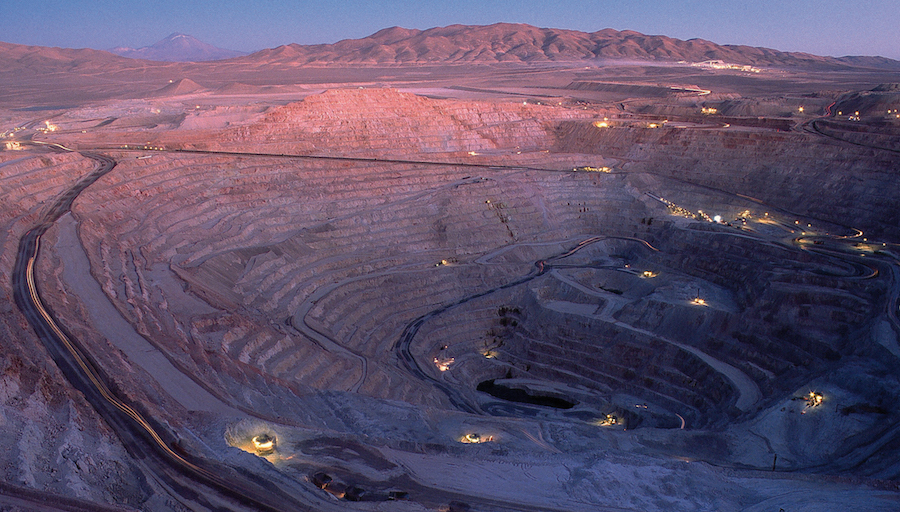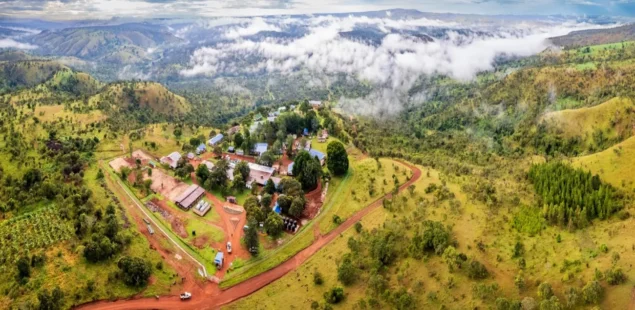
Russian state development bank VEB will invest more than 1.1 trillion rubles ($13.4 billion) in the development of the Baimskaya copper mine in Chukotka, a remote region in Russia’s Far East where about half the territory lies above the Arctic Circle. The investment, one of the largest in the Arctic mining sector, is expected to create approximately 6,000 jobs and generate over 3 trillion rubles in tax revenue for the state. It also represents a major step in Russia’s effort to develop remote regions and tap into untapped mineral reserves.
The Baimskaya project will include a mine, processing plant, a year-round port terminal, and a 428-kilometre all-weather road to facilitate continuous exports via the Northern Sea Route. The mine’s annual ore processing capacity is projected at 70 million tonnes, with expected average yearly copper output of 300,000 tonnes during the first ten full years of operation. Once operational, the mine is set to increase Russia’s copper production by 25% and gold production by 4%.
The Baimskaya deposit, first discovered in 1972, is among the world’s largest undeveloped copper-gold resources, with measured, indicated, and inferred resources of nearly 10 million tonnes of copper and over 16 million ounces of gold. The project is managed by Baimskaya Management Company, whose general director, Georgy Fotin, described the development as “a powerful and technologically-advanced industrial complex that will strengthen Russia’s position in the global market and become a new point of growth in the Arctic.”
President Vladimir Putin has designated the Arctic as a key strategic economic zone for Russia, with the government prioritizing increased commercial activity along the Northern Sea Route as the country pivots trade toward Asia amid Western sanctions. The Baimskaya project is expected to boost annual cargo traffic on the NSR by two million tonnes and forms part of the broader Social and Economic Development Strategy for the Far East and Baikal Region through 2025, and for the Chukotka Autonomous Region through 2030.



